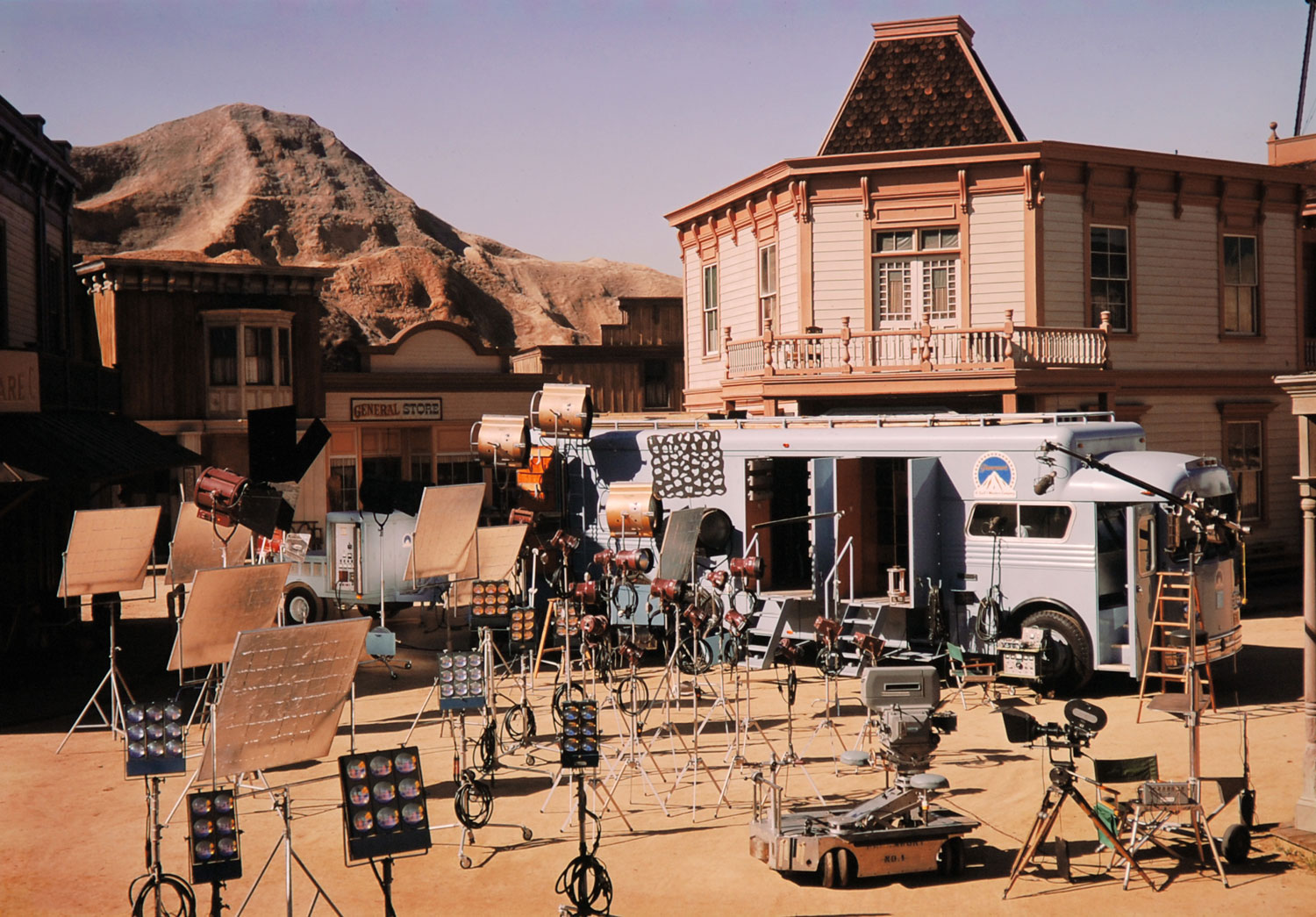
We sit in the dark, surrounded by strangers. Gradually, and then suddenly, it happens. On the big screen, a familiar logo appears — maybe it’s a huge “WB” in the shape of a shield, or the Earth partially encircled by the word “UNIVERSAL” — and just like that, we’re not a room full of strangers anymore. We’re an audience, we’re fans, ready and willing to be entertained. For decades, for countless moviegoers the world over, no movie studio logo has been more iconic, or more immediately and purely suggestive of imminent celluloid bliss, than Paramount Pictures’. We see that soaring, solitary mountain crowned by a halo of stars, and we think to ourselves: Here we go. Show time!

Founded in 1912 by Hungary-born Adolph Cukor (left, at 97 years old, in his chauffeured golf cart), Paramount might have lacked the strong identity forged by some of the other major studios of Hollywood’s Golden Age. Warner Bros. was for years known for its gritty crime thrillers; MGM produced glitzy extravaganzas and musicals. Paramount, on the other hand, was all over the map — but that was perfectly okay. After all, if a studio could deliver movies like (just to name a few) The Ten Commandments, Chinatown, Rosemary’s Baby and The Godfather, it had to be doing something right.
But even hugely successful companies that have been around for generations sometimes need to take stock and reassess — which is exactly the situation that Paramount, and Hollywood as a whole, found itself having to navigate in the early 1970s. AS LIFE magazine put it in a February 27, 1970 cover story entitled, “The Day the Dream Factory Woke Up”:
Behind the cowtown street on Paramount’s Hollywood lot [see image #5 in this gallery], a fake sunny blue sky rises unruffled by wind or rain or dark of night. That sky, along with the rest of the 52-acre Paramount studio, is now for sale…. Ended forever is the studio-centered, glamour-glossed, lotus-land Hollywood that has been celebrating itself for 50 years — as it did when Paramount in 1930 ballyhooed itself with the film, Paramount on Parade. Hollywood is now as quiet, and disquieted, as a company town where the mine has closed.
In 1968, intoxicated by a temporarily huge TV market, hypnotized by the vast success of four films (The Sound of Music, The Graduate, The Odd Couple and Rosemary’s Baby, which together netted $150 million) the industry went off the deep end. Paramount, for example, produced 42 pictures and pumped up a big European operation. It tied up $50 million in four major movies — which these films could not recoup for several years…. The time of tight money set in. And audiences became ultra-discriminating.
So Paramount, under the stern eye of its no-nonsense parent Gulf & Western Industries, led the industry into a painful housecleaning…. It set about selling its studio — selling the built-in headaches, selling the outworn dreams, all the trappings of those freewheeling glory days.
Here, LIFE.com presents a series of photos chronicling that “painful housecleaning” — pictures that capture both the faded magic and the heady appeal of a unique, profoundly self-absorbed industry that, perhaps more perfectly than any other, has always embodied the enduring struggle between Art and Commerce.
Photo credit, Zukor and chauffeur: Co Rentmeester—The LIFE Picture Collection/Getty Images
Liz Ronk, who edited this gallery, is the Photo Editor for LIFE.com. Follow her on Twitter @lizabethronk.



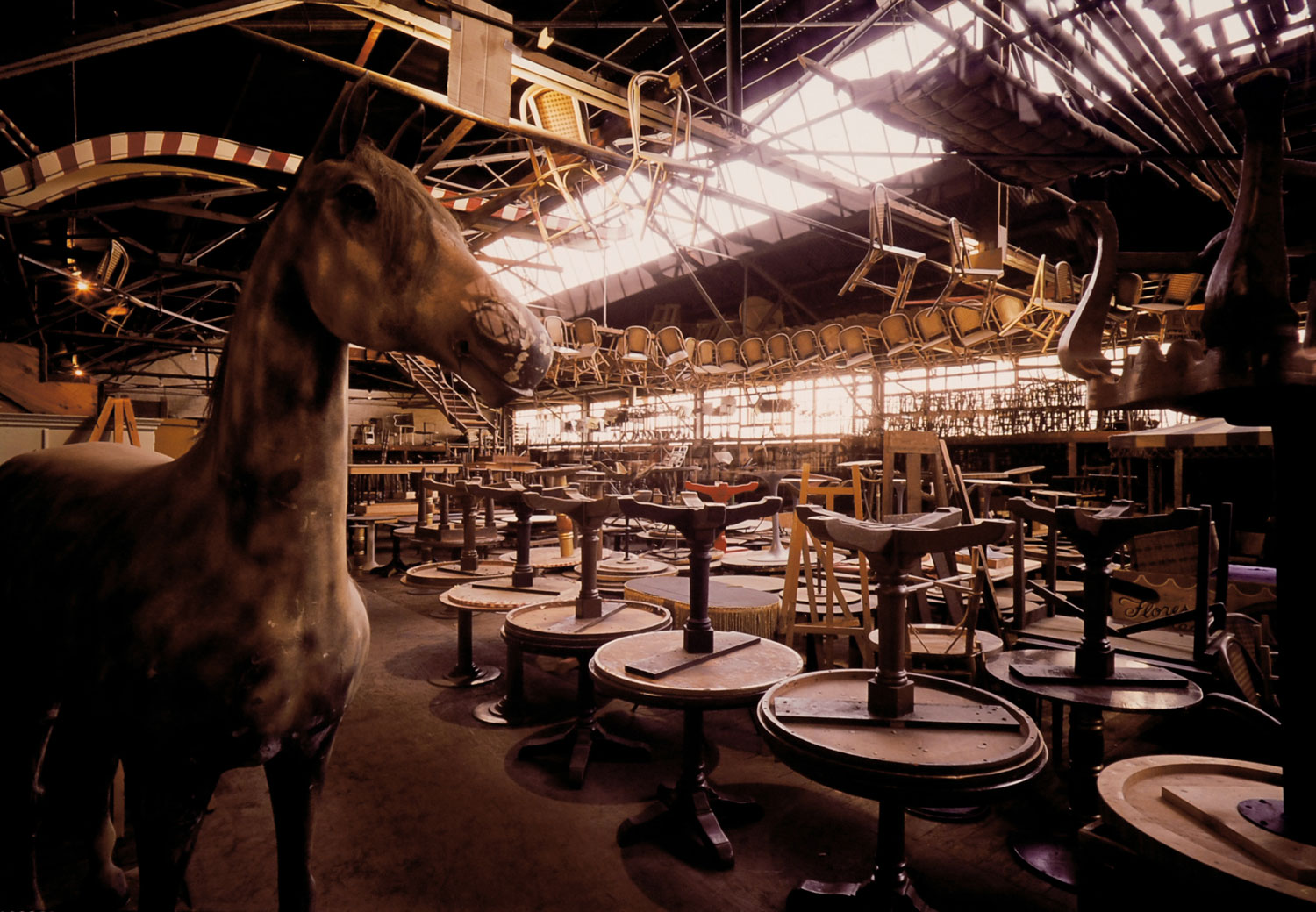




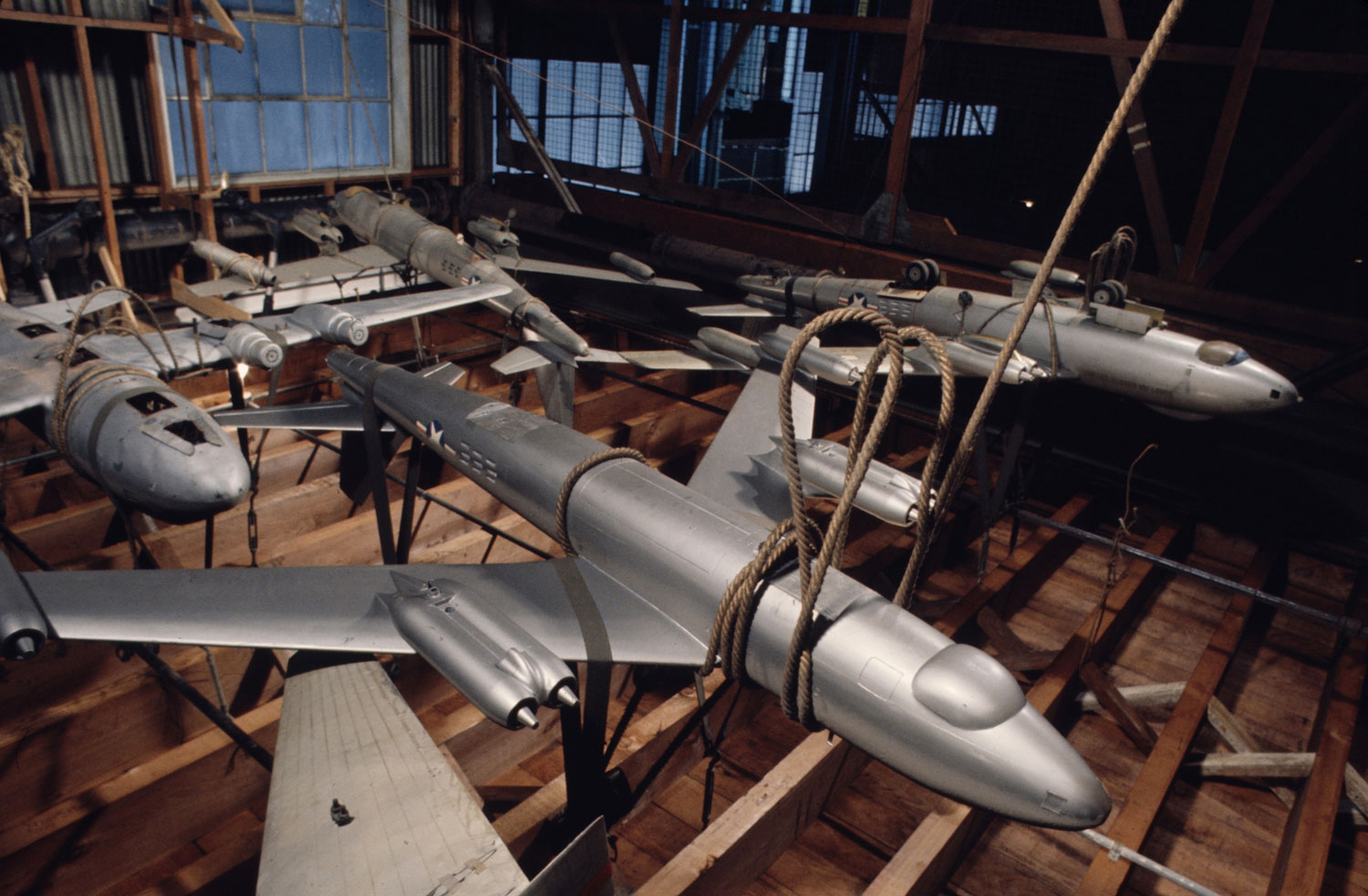

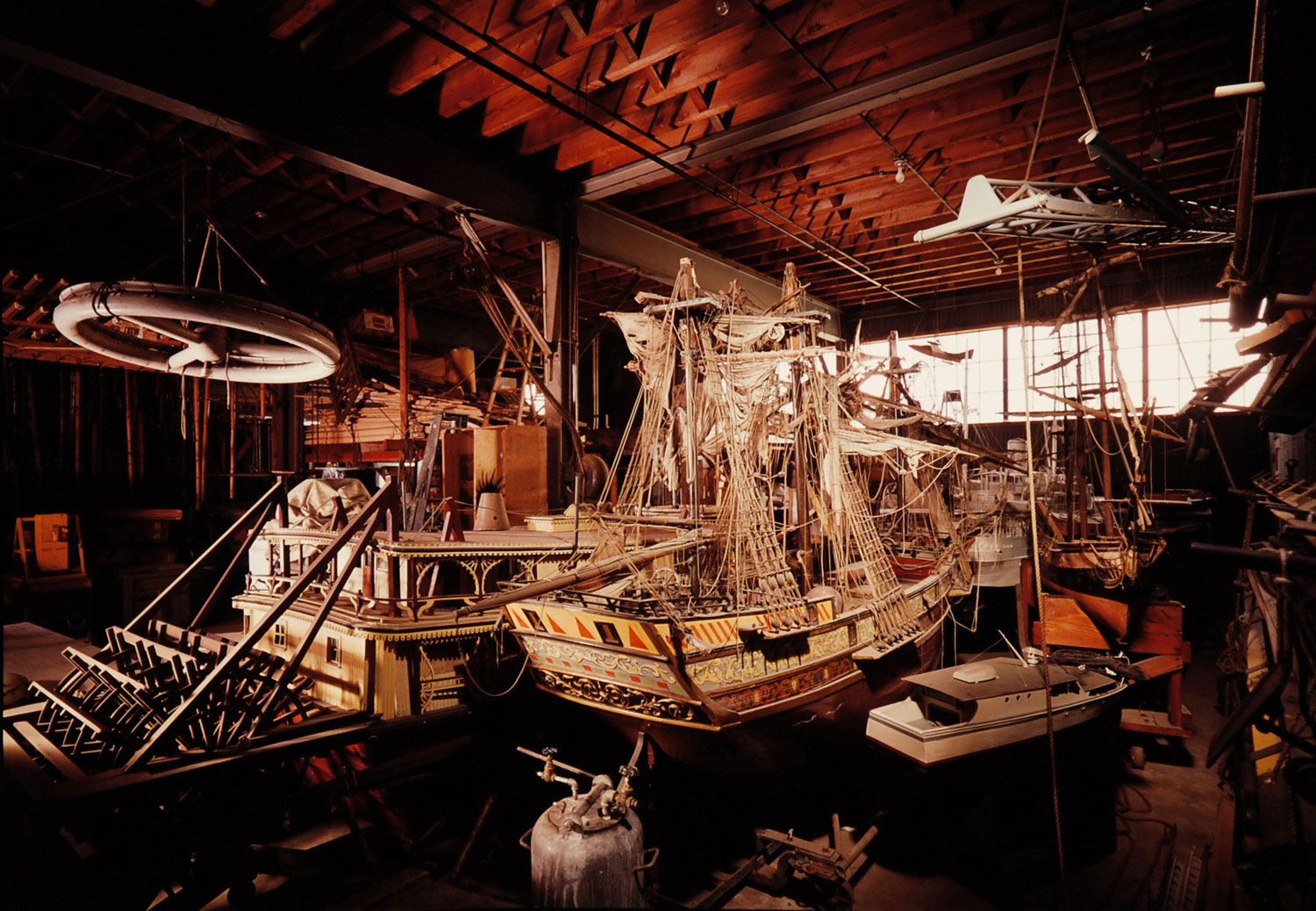
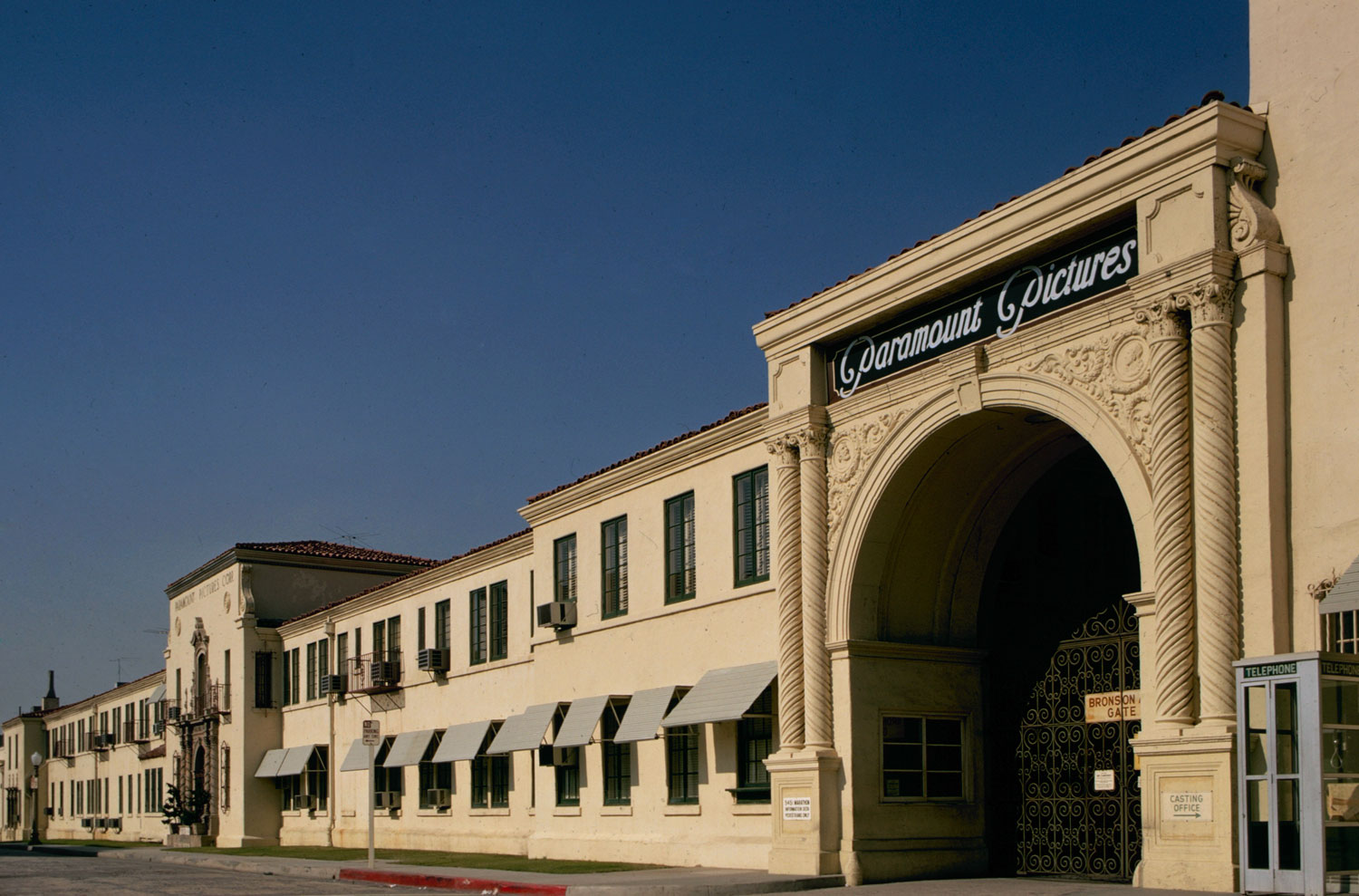
More Must-Reads From TIME
- The 100 Most Influential People of 2024
- The Revolution of Yulia Navalnaya
- 6 Compliments That Land Every Time
- Stop Looking for Your Forever Home
- If You're Dating Right Now , You're Brave: Column
- The AI That Could Heal a Divided Internet
- Fallout Is a Brilliant Model for the Future of Video Game Adaptations
- Want Weekly Recs on What to Watch, Read, and More? Sign Up for Worth Your Time
Contact us at letters@time.com